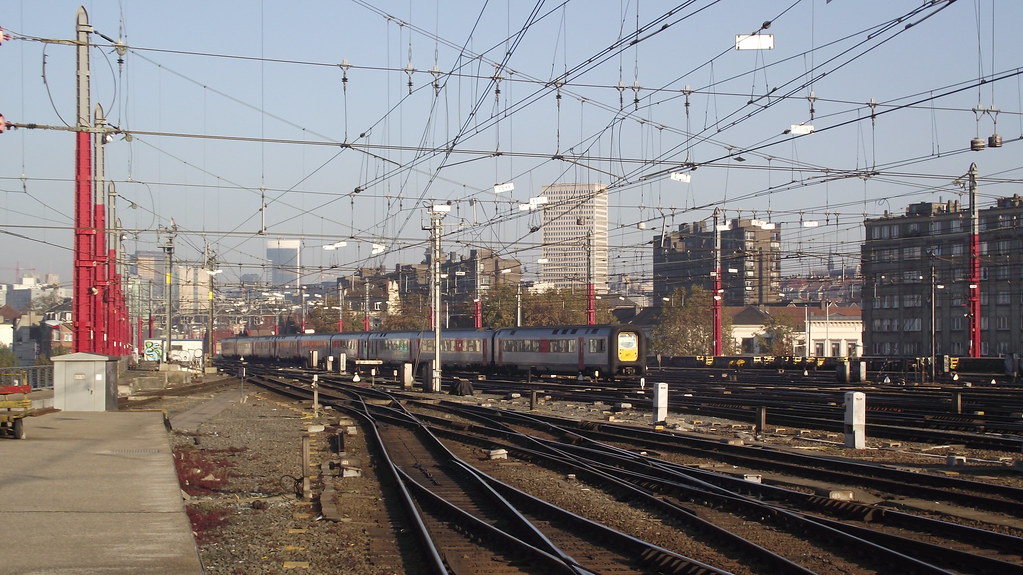salsa
Senior Member
Clearly he was referring to andrewpmk's not you. And quite frankly, it's a valid complaint. The mods need to clamp down on those trying to turn every thread into an anti-LRT bitchfest, and continuing to denigrate Ford's infinitely superior predecessor. Instead we actually saw a mod bite when trolled.
Responding to andrewpmk is a complete waste of time. No matter what facts or logic we try to present to him, it makes no difference. Typically he will post something stupid, then disappear for a day or two while we destroy his talking points, then come back again to repeat the same diatribe in the wrong thread. I also see him trolling Steve Munro's blog, and of course the grown ups there have tried their best to teach him a thing or two about transit, to no avail. It's time that we all just put him on our ignore list. Let him talk to himself all he wants, we'll just carry on.
Then I apologize to him for being too harsh.
Like I said, LRT is fine on Eglinton. There's nothing anti-LRT about finding ways to improve it's reliability and security. On the contrary I want this LRT to be as successful as possible.
London must be anti LRT to have found ways to improve theirs... those anti-lrt jerks...
Now, going back to go, having better infrastructure for LRT stations to connect to future GO RER station should not be overlooked
+1







